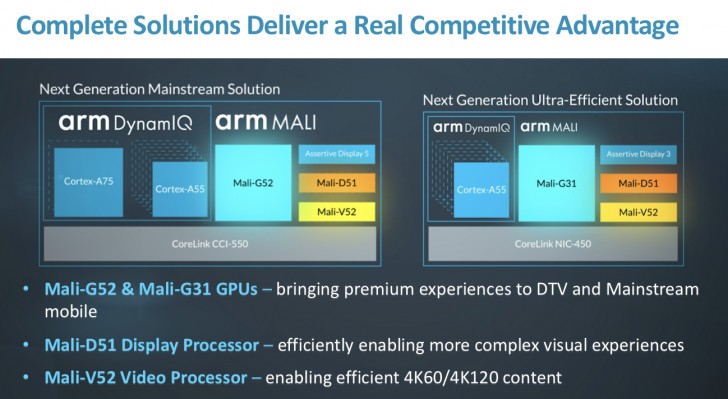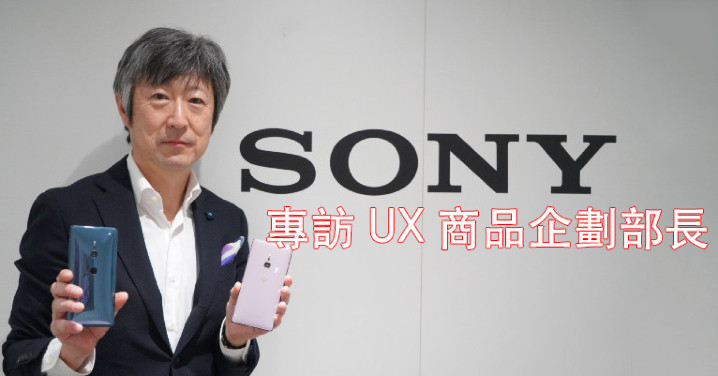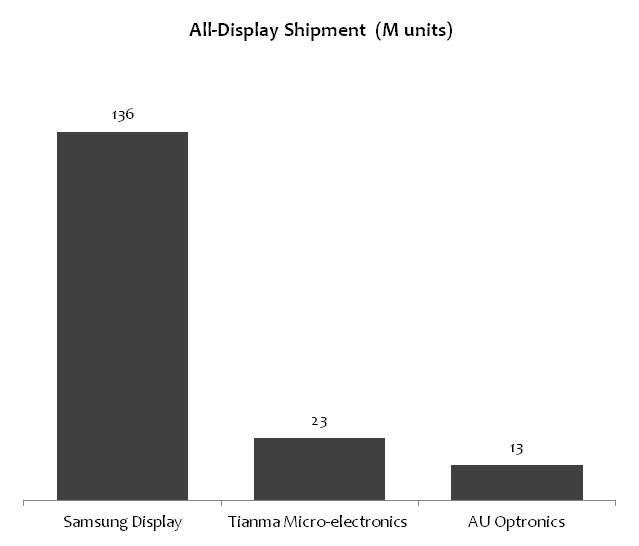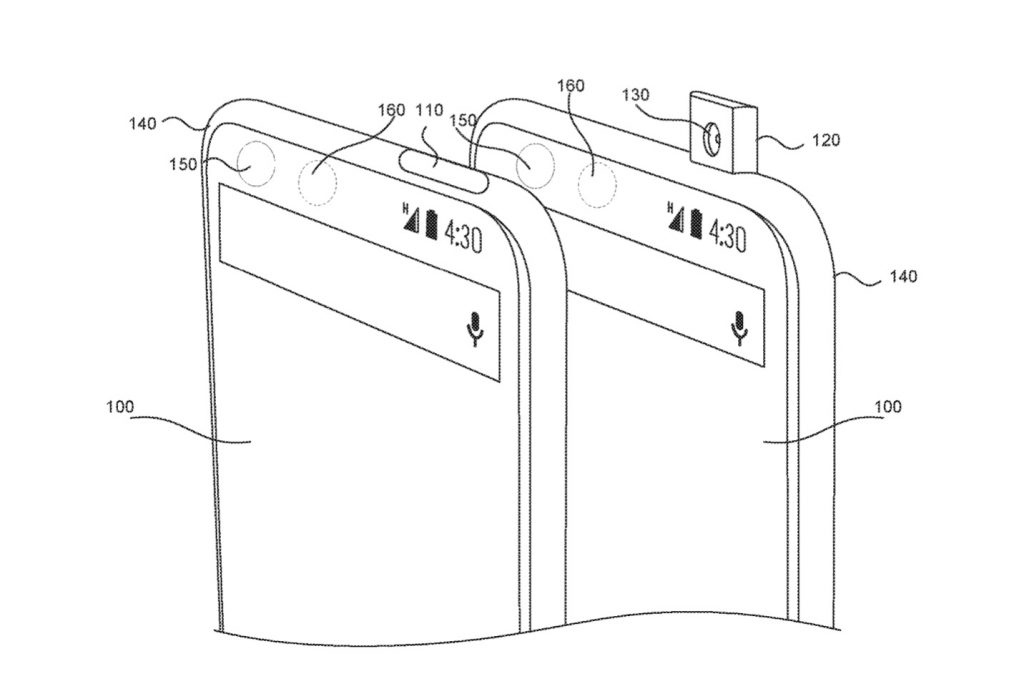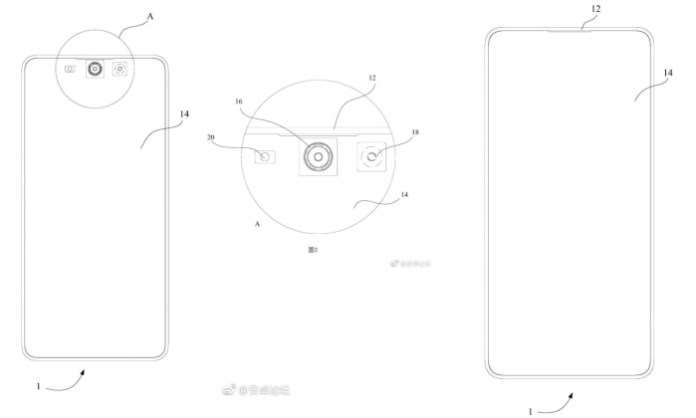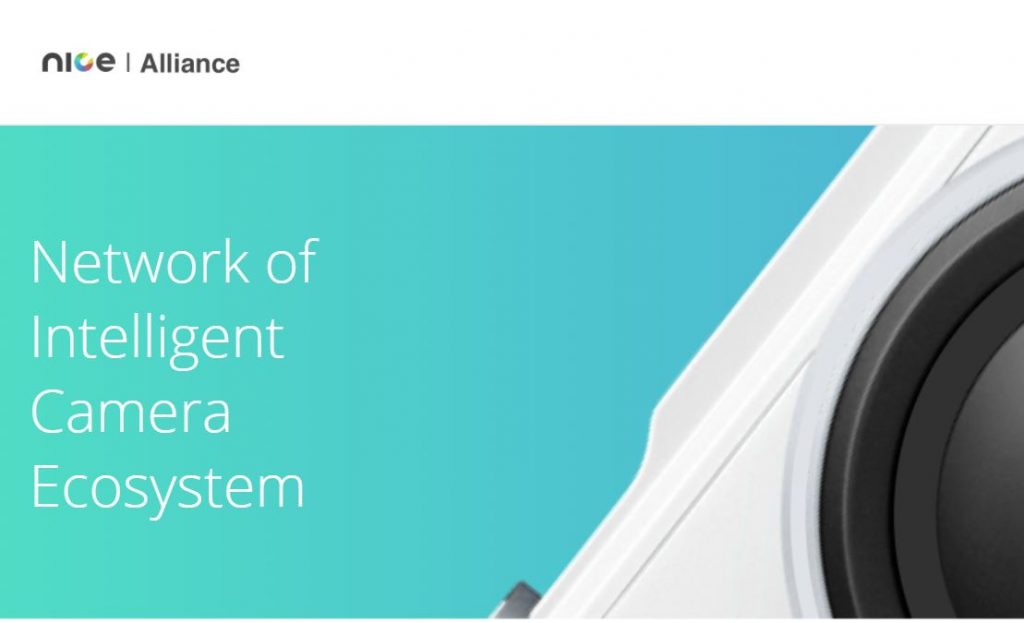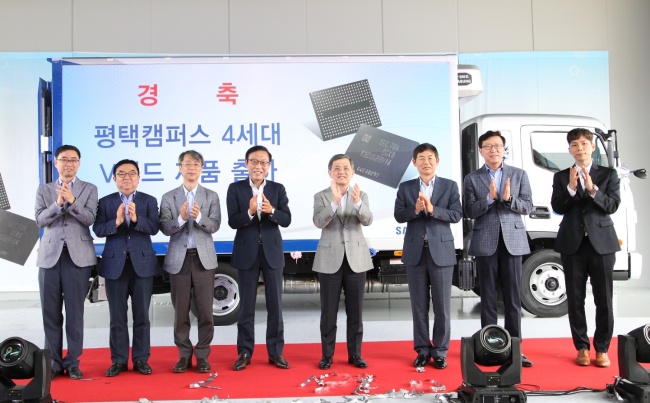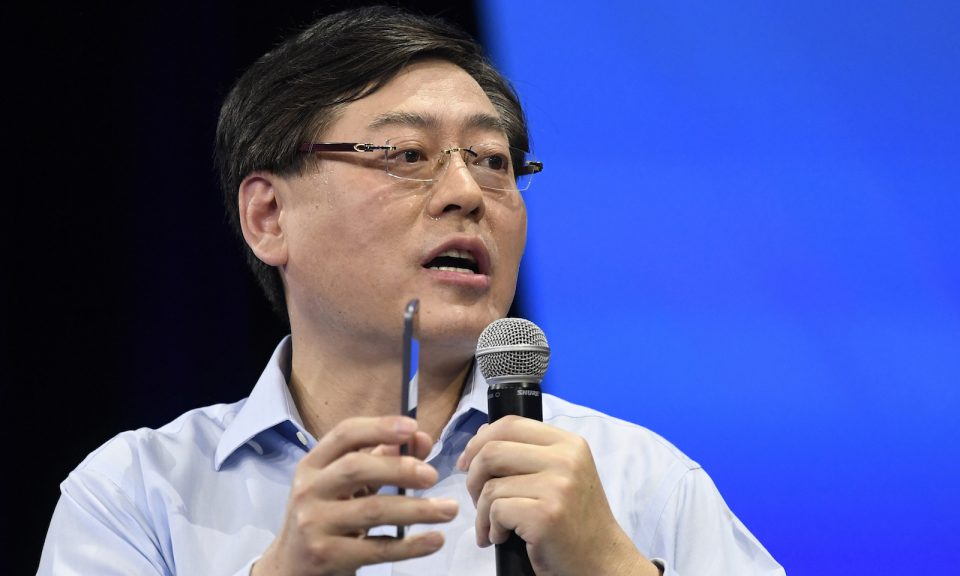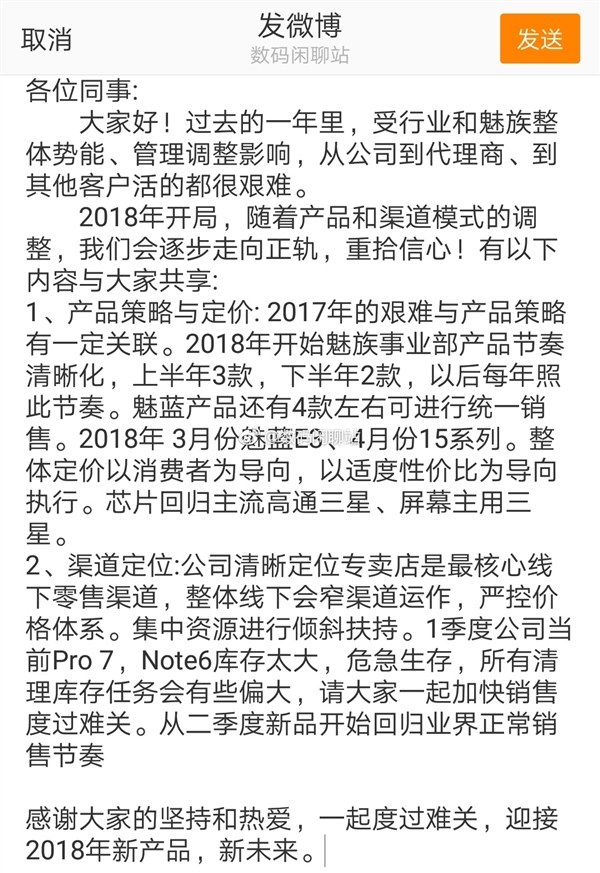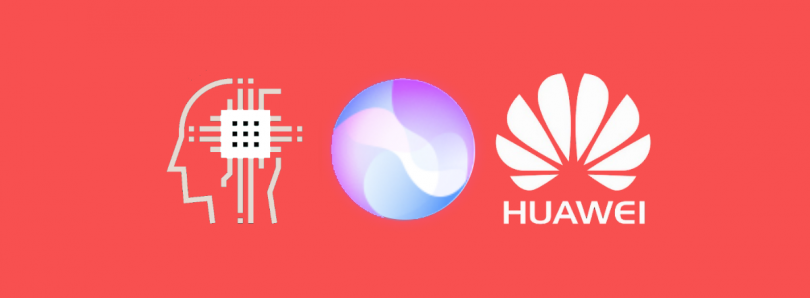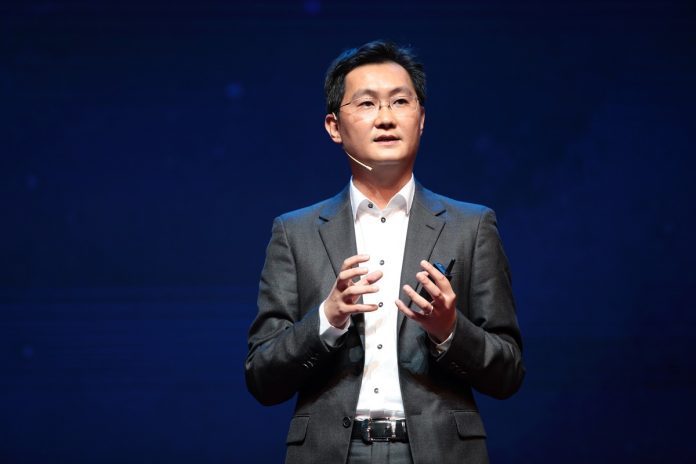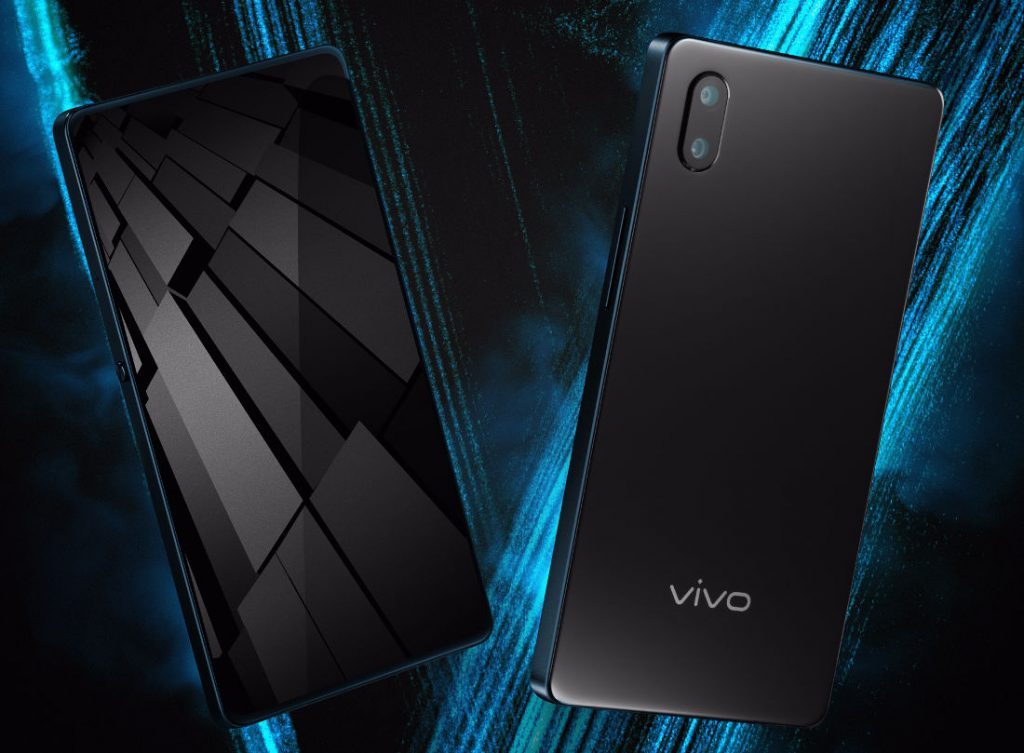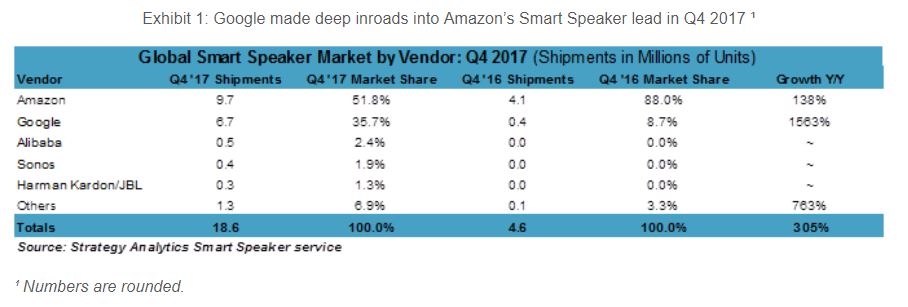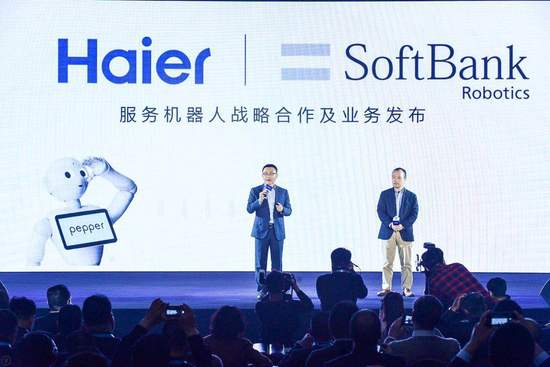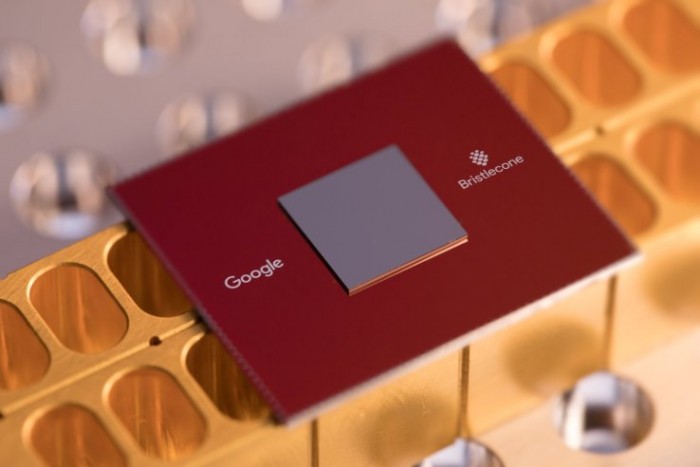
03-06: Samsung’s OLED factory utilization rate is estimated to now be at 50%~60%; Xiaomi plans to enter US market by end of 2018, or by early 2019; etc.
Chipsets
Microchip Technology has announced plans to acquire Microsemi for about USD8.35B, in a deal with a total enterprise value of about USD10.15B. (Digitimes, press, CNBC, ZDNet, 163, iFeng)
Dialog Semiconductor chief executive Jalal Bagherli exepcts that Apple, its top customer, to use its chips for a significant proportion of its devices in 2019 and 2020. Dialog derives more than half its revenue from supplying Apple with power management integrated circuits (PMICs). (Apple Insider, Reuters, Tencent)
Google has refined and developed its 9-qubit linear array technology to create Bristlecone, a 72 qubit quantum processor. It was designed to preserve the underlying physics of Google’s previous 9-qubit linear array technology with low error rates for readout (1%), single-qubit gates (0.1%) and two-qubit gates (0.6%). (CN Beta, TechCrunch, Google, 9to5Google, Hexus)
Samsung Electronics has reportedly enhanced its tie with Taiwan-based Faraday Technology, an ASIC design service and IP provider, to boost further the competitiveness of its foundry operations. Samsung is partnering with Faraday to expand its client portfolio in the field of Bitcoin and cryptocurrency mining ICs. (Digitimes, press, Laoyaoba, UDN, TechNews)
ARM has unveiled 2 new GPUs, 1 visual processor (VPU), and 1 display processor. The new GPUs – the Mali G52 and Mali-G31 bring an improvement in performance and a reduction in power consumption to flagship and low-end/mid-range devices respectively. (TechNews, AnandTech, article, GSM Arena, ARM, ARM, Sohu, iFeng)
Touch Display
Sony is allegedly working on a new device that features a bezel-less 4K resolution display. The device is said to be based on Sony’s new “Ambient Flow” design language. (IT Home, Ubergizmo, ePrice)
Han Jong-hee, president of Samsung’s Visual Display Business has denied media reports that the company will expand into the organic light-emitting diode (OLED) TV business. The denial comes amid local reports suggesting that Samsung is on the verge of turning back to OLED TV. The company will push ahead with the 2-track strategy in its flagship TV business by adding its micro-level light-emitting diode (Micro LED) lineup to its existing quantum dot LED (QLED) TVs. (OLED-Info, Yonhap News, iFeng)
Lee Seung-woo, an analyst at Eugene Investment & Securities, said sluggish Apple iPhone X sales triggered a sharp decrease in Samsung’s OLED factory utilization rate, which he says is estimated to now be at 50%~60%. The oversupply situation will normalize come Jun 2018 when new models of smartphones will be released. (CN Beta, Financial Times, press)
The adoption of all-screen displays for smartphones will extend from flagship models to mid-tier and even entry-level models in 2018, pushing the ratio of all-screen models to over 40% of global handset panels shipments in the year, according China-based market research firm All View Cloud (AVC). Almost all flagship models launched by major smartphone vendors in 2018 will feature all-screen displays in 6” and above sizes, AVC said, adding that the average smartphone display size will reach 5.6” in 2018. (Android Headlines, Digitimes, press, Tencent, iFeng)
Camera
Essential’s filed patent titled “Apparatus and method to maximize the display area of a mobile device” describes different ways to move the camera so as to clear greater space for the display. In one possibility, the selfie camera is inset into the touch-screen itself. In another, the camera is placed inside the mobile device, and can pop outside the mobile device when the camera is activated. (CN Beta, SlashGear, Phone Arena, USPTO)
A new patent by Meizu has appeared that hides the front camera beneath the display panel. In other words, Meizu might be working on an in-display camera. Meizu will be using a graphene glass display which is transparent in its nature. (GizChina, Baijiahao, Sohu, Slashleaks)
Foxconn, Nikon, Scenera, Sony Semiconductor Solutions, and Wistron have announced an agreement to develop an ecosystem that could bring Android-like compatibility to smart cameras. It is called the Network of Intelligent Camera Ecosystem (NICE) Alliance. The agreement aims to create smart camera standards and to develop a shared cloud infrastructure. (Digital Trends, NICE)
Storage
Samsung Electronics will reportedly begin to invest up to KRW30T (USD27B) in Pyeongtaek Semiconductor Plant 2. Since July of last year, Samsung Electronics has been producing 3D NAND flashes at Pyeongtaek Line 1 which cost KRW15.6T (USD14.4B). The company has decided to invest KRW30T in Line 1 by pouring an additional KRW14T (USD12.6B) into the expansion of DRAM production. (TechNews, Laoyaoba, Korea Herald, Business Korea, Korea Herald)
Sensory
TDK has reached an agreement with Chirp Microsystems, a developer of ultrasonic sensing solutions, in which Chirp becomes a wholly-owned subsidiary of TDK. Chirp is engaged in high-performance ultrasonic sensors featuring smaller sizes and lower power consumption compared with existing sensors. (Digitimes, press, EE Focus)
Phones
Lenovo Group CEO Yang Yuanqing battles to turn around a company which lost USD289M in 4Q17. In 2017 summer, the company announced plans to invest at least USD1.2B in AI research and development during the next 4 years. He indicates that turning around the business is still the goal, but probably need more quarters to deliver that result. The company is working on that, believes sooner or later it will make a profit. Profitability will be a key priority for this business. (Asia Times, article, Laoyaoba)
According to French Finance Minister Bruno Le Maire, the European Union in Mar 2018 will unveil plans to tax large global tech companies’ revenue at a rate in the 2%~6% range, though more likely closer to 2% than to 6%. (CN Beta, Bloomberg, Reuters)
Xiaomi chairman Lei Jun reveals that the company plans to enter US market by end of 2018, or by early 2019. Xiaomi does sell some of its wares, like the Mi Box and certain accessories, in the US. (Android Authority, The Verge, WSJ, Sina, RFA, JRJ)
An alleged internal mail leaks indicating that Meizu to have 9 new products in 2018 (3 in 1H18, 2 in 2H18, and m series to have about 4 new products). (CN Beta, iFeng)
Samsung Electronics has acquired 100% stake in artificial intelligence (AI) search engine startup Kngine, which develops mobile solutions, based on AI including deep learning, which understands and answers questions. The startup started in Egypt in 2013, says its engine is designed to function like a human brain, continuously reading the web, understands its contents and accordingly updates and expands its knowledge base. (CN Beta, Android Headlines, The Investor, Sam Mobile)
Huawei is reportedly working on its own voice assistant that will be aimed towards the Chinese market. XDA-Developers has obtained access to Huawei’s HiAssistant and HiAI applications from firmware files taken from the Chinese Huawei Mate 10’s EMUI 8.1 release based on Android 8.1 Oreo. (Gizmo China, XDA-Developers, Bloomberg, Tencent, IT Home)
Tencent Holdings chief executive Pony Ma Huateng has announced that WeChat hit the milestone of 1B monthly active users during the Lunar New Year in Feb 2018. (GSM Arena, SCMP, The Verge, Financial Times, Leiphone, Financial Times)
vivo Apex is officially announced – 5.99” OLED CoF, Qualcomm Snapdragon 845, pop-up front camera, Half-Screen Fingerprint Scanning Technology, mass production begins in mid-2018. (163, Tencent, GizChina, 163, WCCFTech, IT Home)
Wearables
Google has hinted that the company’s much-maligned Google Glass headset could one day make a comeback as “augmented reality” technology improves. Rick Osterloh, the head of Google’s hardware division, said hi-tech glasses were “very interesting to us”, although he admitted it would be years before they will become a mass market product. (Laoyaoba, Forbes, Telegraph)
Internet of Things
Amazon has reportedly decided not to sell any of the newer products from Google’s smart home division Nest. Amazon currently sells a limited number of Nest products, but those will disappear from the site after it sells the inventory it has left. Nest decided to no longer work with Amazon selling the limited number of products it was selling on the site. (CN Beta, The Verge, CNET, Business Insider)
The Swedish music streaming service Spotify is worried about the added visibility given to rival music services in hardware that comes pre-loaded with other music apps. As Foxconn is experienced with Amazon Alexa, Apple Homepod, there is a chance it would win the deals of manufacturing Spotify’s smart speaker. (UDN, Laoyaoba, Sina, Business Insider)
According to Strategy Analytics, the smart speaker market took a giant step towards mainstream acceptance in 4Q17 as aggressive discounting tactics and a wider choice of models, price points and country availability resulted in millions of first time buyers. Full 2017 year shipments hit 32M units, up over 300% YoY, with Google and Amazon accounting for 9 out of every 10 smart speakers sold. (Strategy Analytics, press, Laoyaoba)
SoftBank Robotics has signed a partnership agreement with Haier. Both companies plan to cooperate on developing and utilizing service robots in China, including a special version of SoftBank Robotics’ humanoid robot called Pepper for Haier’s “Smart Home”, a platform where household appliances interconnect through IoT. (CN Beta, Telecom Paper)
Baidu has recently announced the establishment of “Smart Living Group (SLG)”. It is composed divisions of “Histories”, “Hardware Ecology Channel” and “Raven Studio”. (CN Beta, Sina, Leiphone, Waonews)
